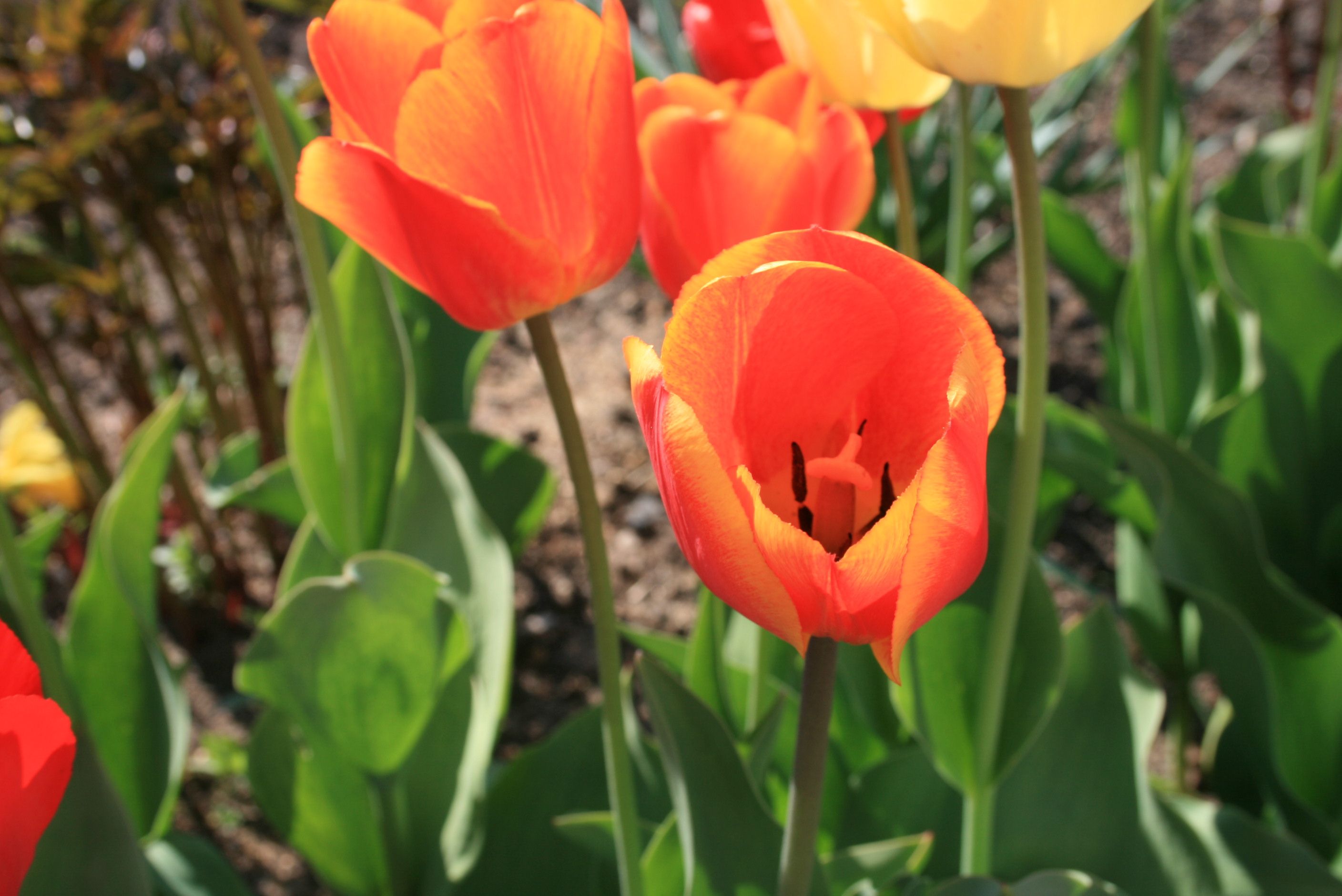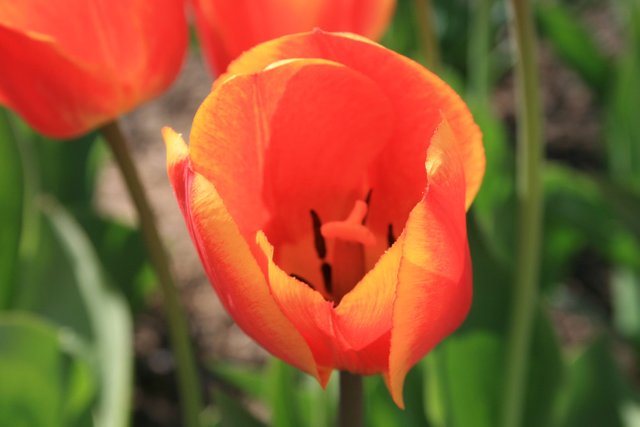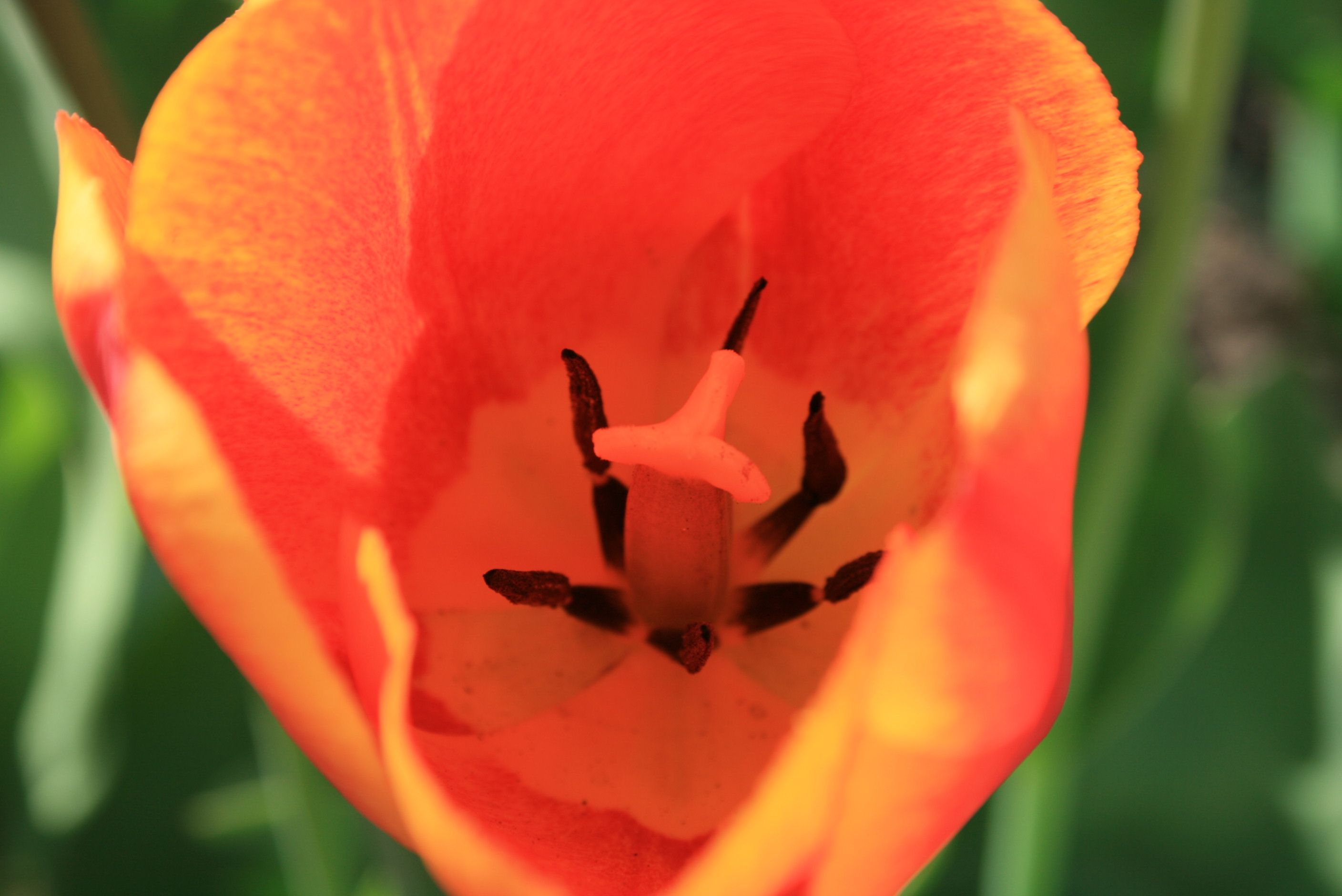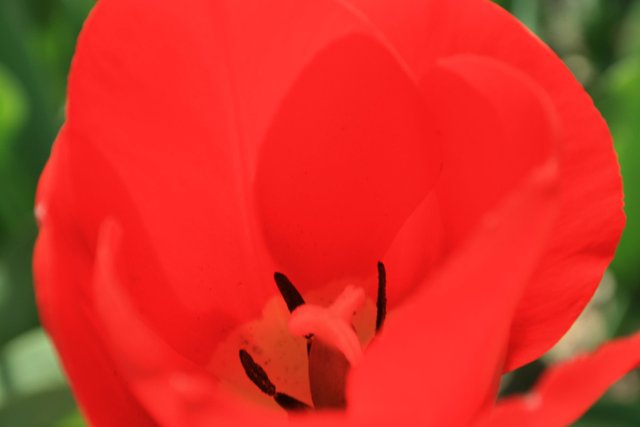Color of the day. Tulips!
Hey everyone!
Did you know that cultivation of the tulip began in Persia in the 10th century!?
Early cultivars must have emerged from hybridisation in gardens from wild collected plants, which were then favoured, possibly due to flower size or growth vigour. The tulip is not mentioned by any writer from antiquity, therefore it seems probable that tulips were introduced into Anatolia only with the advance of the Seljuks. In the Ottoman Empire, numerous types of tulips were cultivated and bred, and today, 14 species can still be found in Turkey. Tulips are mentioned by Omar Kayam and Celaleddin Rûmi.
In 1574, Sultan Selim II. ordered the Kadi of A‘azāz in Syria to send him 50,000 tulip bulbs. However, Harvey points out several problems with this source, and there is also the possibility that tulips and hyacinth (sümbüll), originally Indian spikenard (Nardostachys jatamansi) have been confused. Sultan Selim also imported 300,000 bulbs of Kefe Lale (also known as Cafe-Lale, from the medieval name Kaffa, probably Tulipa schrenkii) from Kefe for his gardens in the Topkapı Sarayı in Istanbul.
Sultan Ahmet III maintained famous tulip gardens in the summer highland pastures (Yayla) at Spil Dağı above the town of Manisa. They seem to have consisted of wild tulips. However, from the 14 tulip species known from Turkey, only four are considered to be of local origin, so wild tulips from Iran and Central Asia may have been brought into Turkey during the Seljuk and especially Ottoman periods. Sultan Ahmet also imported domestic tulip bulbs from the Netherlands.
The gardening book Revnak'ı Bostan (Beauty of the Garden) by Sahibül Reis ülhaç Ibrahim Ibn ülhaç Mehmet, written in 1660 does not mention the tulip at all, but contains advice on growing hyacinths and lilies. However, there is considerable confusion of terminology, and tulips may have been subsumed under hyacinth, a mistake several European botanists were to perpetuate. In 1515, the scholar Qasim from Herat in contrast had identified both wild and garden tulips (lale) as anemones (shaqayq al-nu'man), but described the crown imperial as laleh kakli.
In a Turkic text written before 1495, the Chagatay Husayn Bayqarah mentions tulips (lale). Babur, the founder of the Mughal Empire, also names tulips in the Baburnama. He may actually have introduced them from Afghanistan to the plains of India, as he did with other plants like melons and grapes.
In Moorish Andalus, a "Makedonian bulb" (basal al-maqdunis) or "bucket-Narcissus" (naryis qadusi) was cultivated as an ornamental plant in gardens. It was supposed to have come from Alexandria and may have been Tulipa sylvestris, but the identification is not wholly secure.



